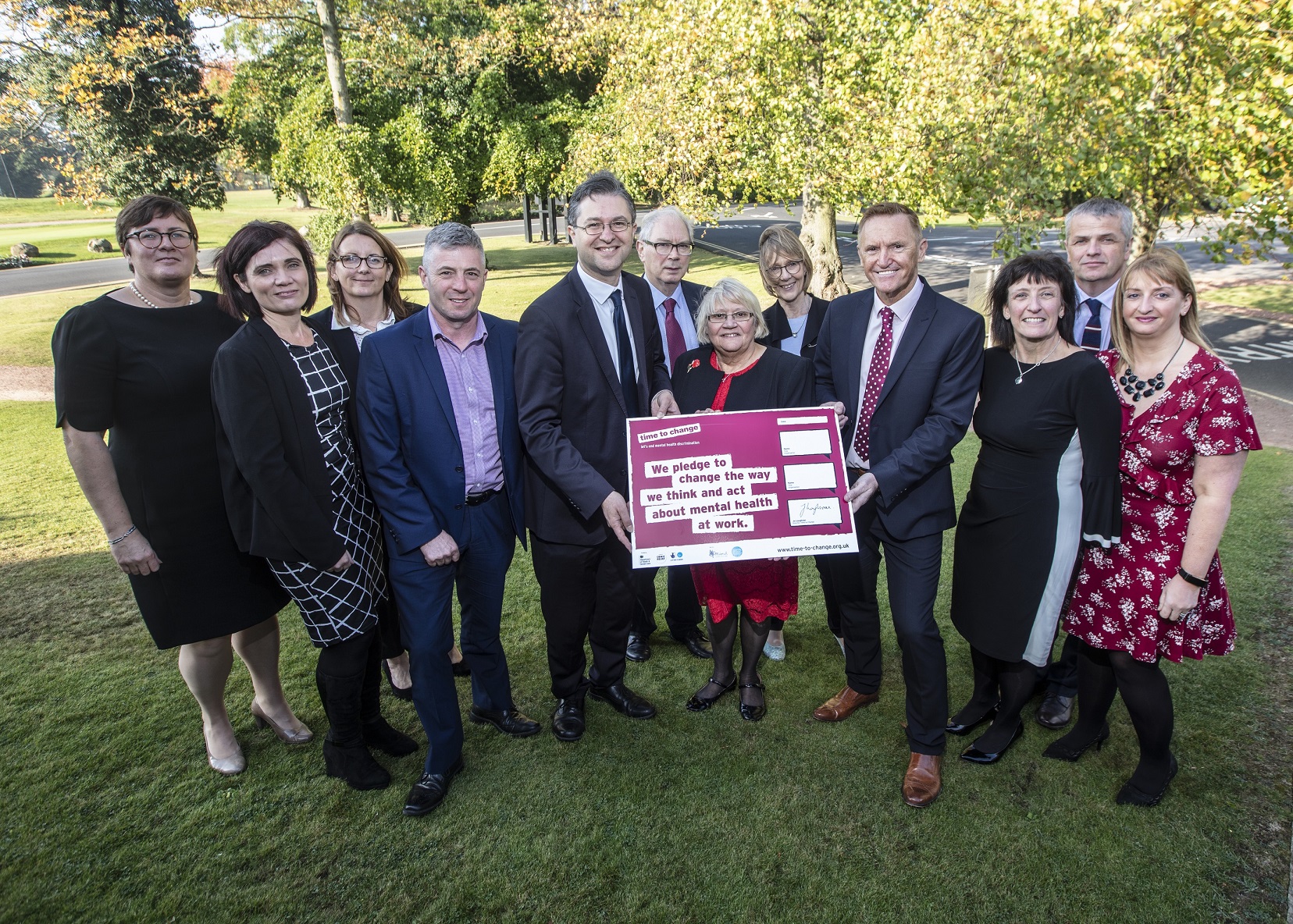A council is contributing more than ten times as much funding to road improvement schemes than it was a decade ago as part of its commitment to keeping County Durham moving.
Next week, Durham County Council’s Cabinet will hear the local authority invested £8.86 million in planned road maintenance and improvement projects in 2019/20. Combined with the £12.2 million contribution from the Department for Transport, this resulted in a total investment of more than £20 million in programmed schemes across the county.
The council’s contribution to this budget has increased steadily over the years from £0.7 million in 2010/11. This is despite unprecedented reductions in Government funding and reflects the high value the local authority places on the county’s adopted highways network.
Featuring 3,793 kilometres of carriageway, 487 road bridges and 82,423 street lighting columns, the road network is the council’s largest and highest value asset and is used everyday by residents, businesses and visitors. It is therefore of critical importance to the county’s economy and the quality of life of its residents.
However, it is constantly evolving, with new developments extending its reach and ageing infrastructure creating new challenges and demands for maintenance. With limited resources, it is important that all investment is well directed to ensure a safe, serviceable and sustainable highway network.
The council has set out how it will achieve this in its Transport Asset Management Plan, and on Wednesday 16 December, Cabinet will be asked to approve the annual update report.
Councillors will also be asked to note the substantial investment that has been made in programmed road maintenance schemes and the ongoing work to maximise funding in the future.
This is demonstrated by the significant reduction in the council’s maintenance backlog in recent years.
Throughout the country there are more demands on highways than there are resources to maintain and improve them. In fact, the Annual Local Authority Road Maintenance Survey 2020 estimates the backlog for England and Wales as £9.64 billion for carriageways and footways.
Durham County Council’s backlog for carriageways and footways in 2019 was £86.7m. Taking into account other assets such as streetlights, drainage, kerbing, road markings, street furniture, traffic management and structures, the total backlog was £172.6 million. This is in line with other councils and reflects the size of the road network in County Durham.
However, councillors will hear that the local authority has reduced its backlog by £7.1 million since 2018 by effectively prioritising projects to get the most out of its budget. This includes seizing opportunities to use innovative new materials such as plastic and rubber crumb road surfacing. By adopting this method for resurfacing schemes, the council is not only preventing single use plastic and rubber being sent to landfill but is helping to cut carbon emissions by reducing the amount of bitumen required.
In 2016, Durham County Council was just one of two local authorities in England to achieve the maximum Band 3 efficiency rating from the DfT’s Incentive Fund and has maintained this rating ever since. This has helped the council to attract significant investment from the DfT for road improvement schemes and, together with its Transport Asset Management Plan, places it in a strong position to secure further funding in the future.
Cllr Brian Stephens, the council’s Cabinet member for neighbourhoods and local partnerships, said: “Maintaining the county’s adopted highways network is incredibly important as it plays an integral role in all aspects of our lives – from allowing businesses to transport their goods, to enabling residents to commute to work and visit friends and loved ones when it is safe to do so. That is why we have increased our financial contribution to this area significantly over the last ten years.
“However, maintaining a road network of this scale with limited resources presents many challenges. The fact we have managed to reduce our backlog and retain our position as one of the country’s most efficient highway authorities in the face of major Government funding cuts is something to be celebrated.
“We must now build on these achievements and continue to invest our budget wisely to further reduce the maintenance backlog and ensure our highways are the best they can be.”










